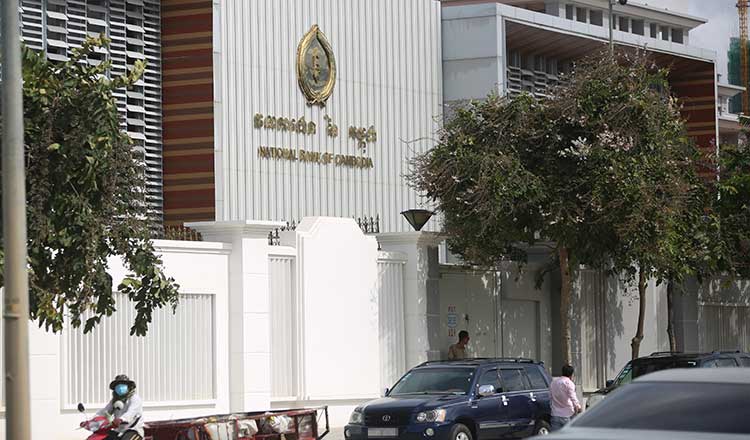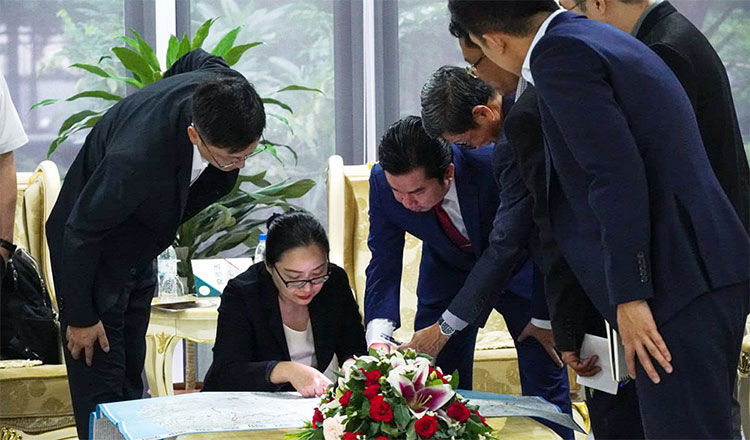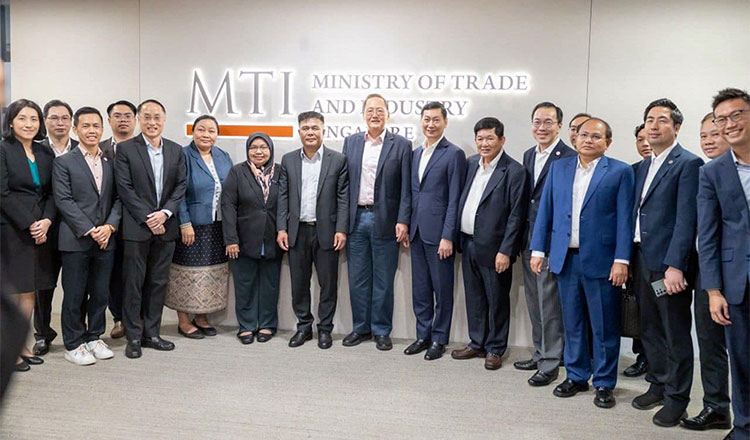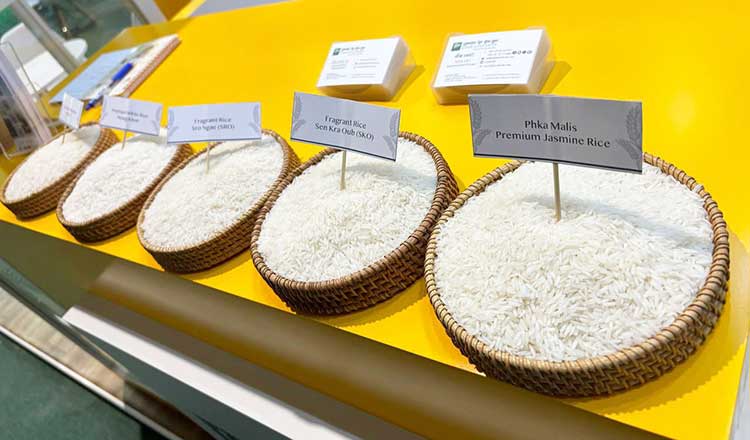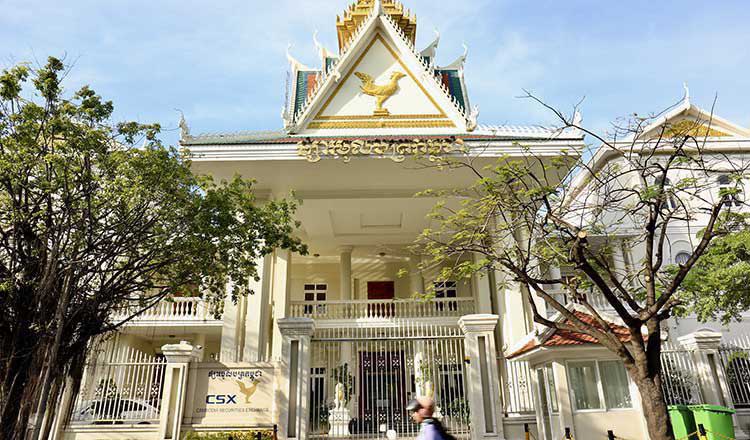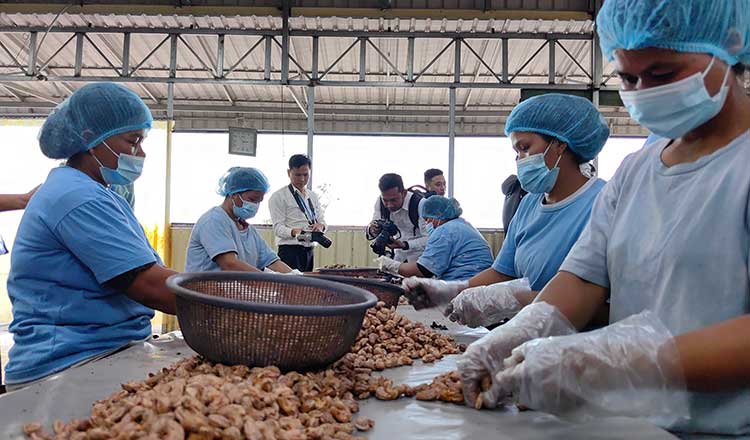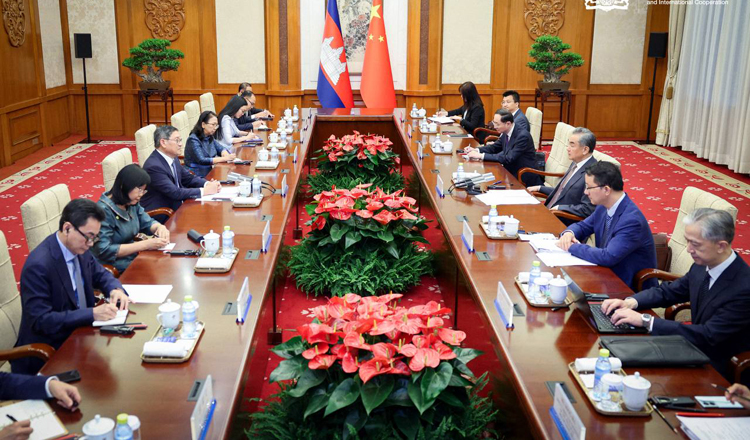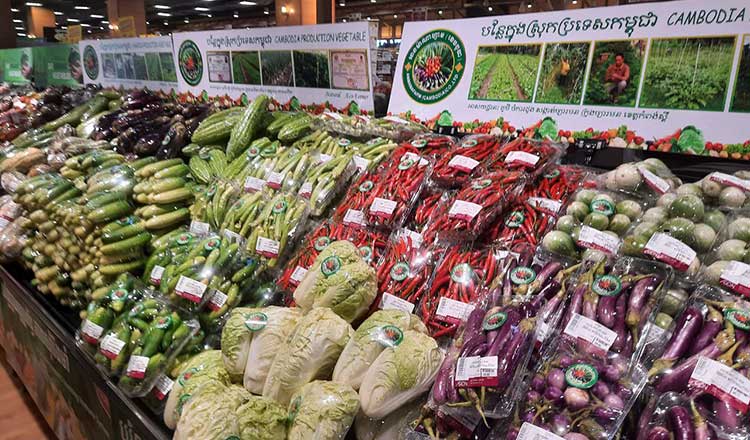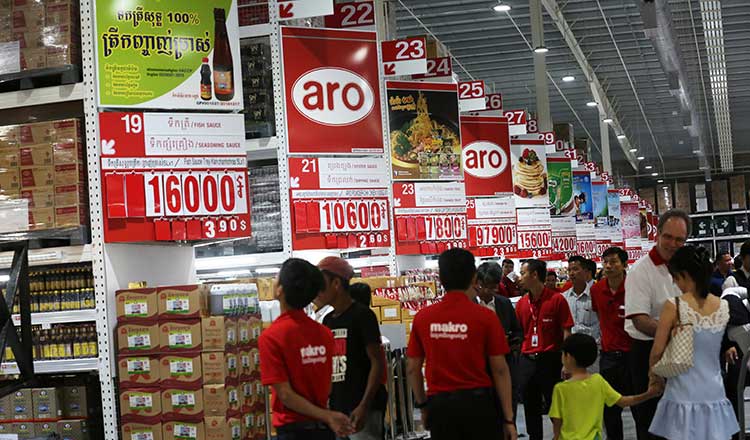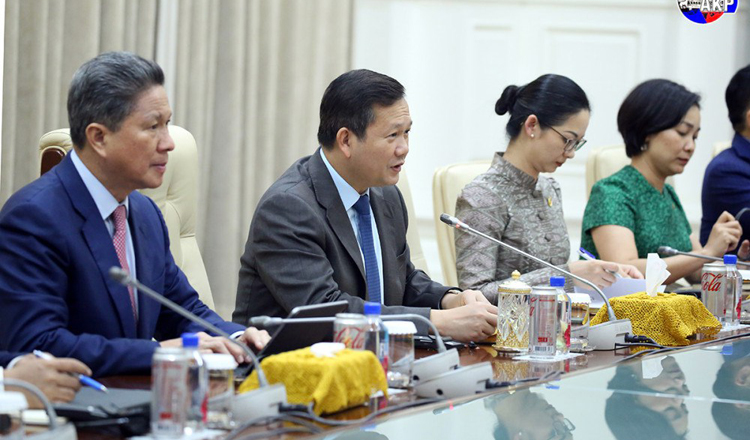Maybank formalises 2030 targets, sets plan to achieve net zero emissions by 2050
Maybank formalises 2030 targets, sets plan to achieve net zero emissions by 2050
The Bank identifies decarbonisation targets for its palm oil and power portfolios with the launch of its first whitepaper series
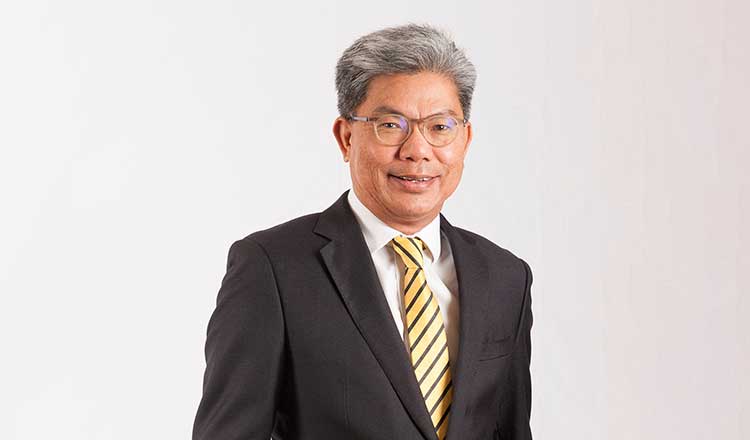
As a significant step towards a sustainable future, Maybank has set science-based interim emission targets for 2030. This is a crucial part of its journey to achieve net zero emissions by 2050. In pursuit of this goal, Maybank is focusing on a collaborative approach and determined to work alongside clients, assisting them in transitioning to more environmentally friendly business practices, particularly in the Power and Palm Oil sectors. This initiative underscores Maybank’s pledge to sustainable palm oil production and in the power sector, the shift towards cleaner and renewable energy sources.
In affirming this responsibility, Maybank introduced its maiden whitepaper titled, “Banking on a better tomorrow: Our commitment to net zero” at the inaugural Joint Committee on Climate Change (JC3) – Glasgow Financial Alliance for Net Zero (GFANZ) CEO Roundtable Luncheon hosted in Malaysia today. In an announcement by Dato Khairussaleh Ramli, President & Group CEO of Maybank, the whitepaper will emphasise support for Maybank’s clients and industries while establishing connections with ongoing decarbonisation initiatives.
“The whitepaper for net zero pathway targets will serve as the Bank’s primary instrument for publicly communicating our commitment to sustainable growth and enhancing credibility by signalling our dedication to achieving net zero. It will also highlight our role as a financial intermediary facilitating a ‘just transition in Southeast Asia, and our steadfastness to a net zero trajectory.”
Maybank’s 2023 baseline financed emissions intensity in its palm oil portfolio is 1.47 tonnes CO2e/tonnes crude palm oil (CPO) produced. This is well below the reference scenario of 2.04 tCO2e/tCPO. This significant achievement is guided by an integrated reference scenario that combines the Science Based Targets Initiative (SBTi) Flag pathway, tailored for palm oil, with Network for Greening the Financial System (NGFS) REMIND, which accounts for methane emissions from palm oil milling.
Maybank’s position, which outperforms the current reference scenario, is a reflection of its dedication to sustainability. This is largely owing to the Bank’s focus on integrated palm oil players and smallholders within the supply chain, who have made significant progress towards sustainable practices.
The unwavering commitment to No Deforestation, No New Peat and No Exploitation (NDPE) policy plays a significant role in Maybank’s portfolio growth. This policy ensures that the palm oil players operates in a manner that respects the environment and avoids practices that harm the forests and peatlands. Looking ahead, Maybank has set an ambitious interim target of 1.40 tCO2e/tCPO by 2030, reinforcing its commitment to continuous improvement.
Dato Khairussaleh said, “We recognise the critical role smallholders play in the palm oil supply chain. In efforts to support their effective transition, the Bank will provide tools and advisory services, support via investments in technologies, enable certification via training programmes and increase financing solutions that can intensify adoption of innovative lower-emission technologies.”
In the ASEAN region, the power sector still relies heavily on fossil fuels. Recognising this, Maybank has set an interim target consistent with the regionalised International Energy Agency Net Zero Emissions by 2050 Scenario (IEA NZE 2050) reference pathway, which takes into account the current realities of the Bank’s portfolio.
As of June 2023, Maybank’s power emissions intensity baseline was 442 kgCO2e/Megawatt-hour (MWh). This is below the regional benchmark of 573 kgCO2e/MWh. The regional benchmark represents the average level of carbon emissions from power generation in the region.
Moving forward, Maybank has set an ambitious interim target for 2030. Based on the IEA NZE 2050 reference pathway, the goal is to further reduce emission intensity to 272 kgCO2e/MWh. This is part of Maybank’s pledge to a greener future and its dedication to achieving net zero emissions.
Furthermore, Maybank will continue to enforce its coal policy whereby it will not extend financing to new greenfield coal-fired power plants and to borrowers who derive a material amount of annual revenue from thermal coal.
An overview of the outcomes of Maybank’s baselining and target setting exercise are as below:
1. The enhancement is to account for different starting points and shape of the transition arising from the unique ground realities in ASEAN.
2. SBTi FLAG provides commodity specific pathway for palm oil and NGFS REMIND to account for methane from palm oil milling.
“Maybank is well positioned to offer financing for our clientele and the broader palm oil and power ecosystem to support the energy transition in the region. By setting ambitious yet achievable targets and implementing a combination of regulatory measures, incentives, and technological innovations, we firmly believe that both sectors can play a crucial role in achieving net zero emissions by 2050,” added Dato Khairussaleh.
More recently, Maybank was appointed as a member of the UN Net Zero Banking Alliance (NZBA) Steering Group, a representative for the Asia Pacific region, in line with the Bank’s efforts to drive decarbonisation and ensuring a transition that is economically positive in the region.



